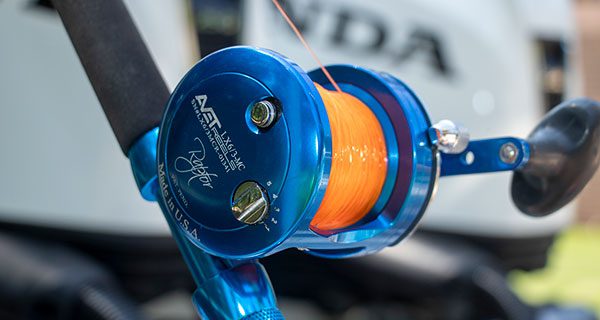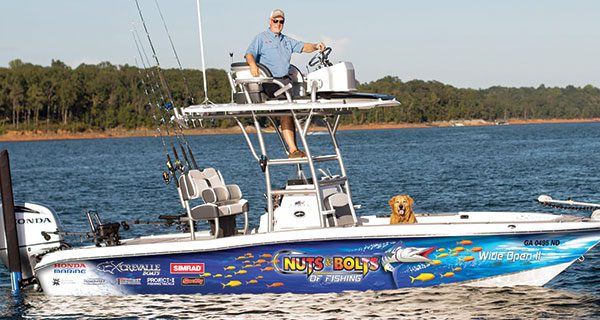
I enjoy just about any kind of music, but my favorite song on the water is the adrenaline-kicking sounds produced by a screaming drag. The song usually starts with a few short, staccato notes from the clicker. Then that prolonged solo note as a hundred feet of line peels off the reel. The chorus is a harmony of retrieving line, and then losing line…each bar of the score having a slightly different tone until the final crescendo when the fish is splashing alongside the boat. And there are times when you have a duet, when two reels begin singing at the same time. It’s all music to my ears.
The humble reel clicker is a wonderous device. It helps to keep your reel from over-spooling when you are deploying baits and lures. With the clicker ‘on’ you can leave the drag almost fully disengaged when drifting live baits so the fish doesn’t feel resistance as it takes the bait. The clicker lets you, and everyone else, know when the fish is taking line…and when the angler is, or is not, gaining line. For those reasons, all my conventional reels have clickers, whether they are my freshwater Ambassadeurs for striper fishing or my complement of Avet Raptors that have successfully wrestled everything from grouper to tuna to the boat.

As a guide, I need to know how the fight between angler and their finned-foe is progressing. When the fish is taking line, and also when the angler is getting line. If I see the angler winding, but don’t hear the clicker, I know they are not gaining line. This is especially true when using lighter line and leader, so having the drag set properly for the line class is paramount. I can also tell how feisty the fish is, by how long the runs last. For me, this audible indicator is an extremely valuable tool. And when the clicker songs get shorter, I know it’s time to get the net.
The melodies produced by a noisy clicker is music I never get tired of hearing. My guess is this will become one of your favorite songs too.
Tight lines and calm seas, Capt. Cefus McRae